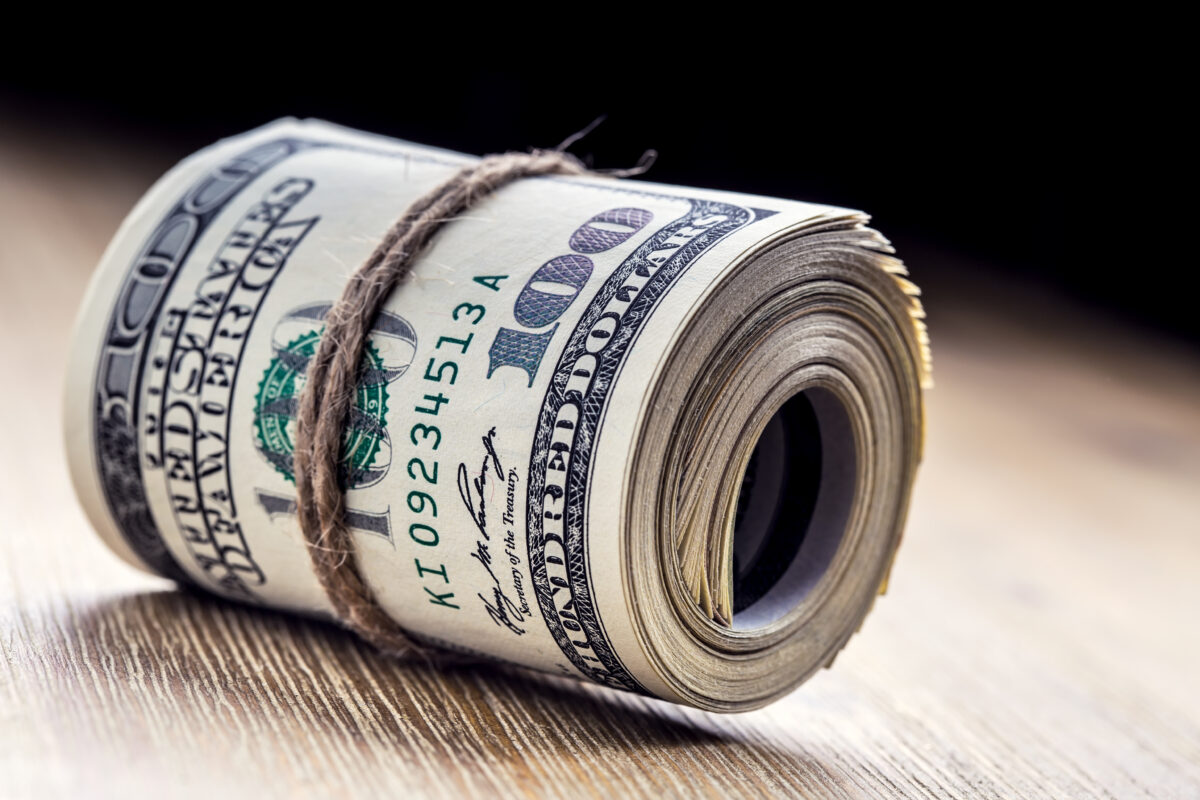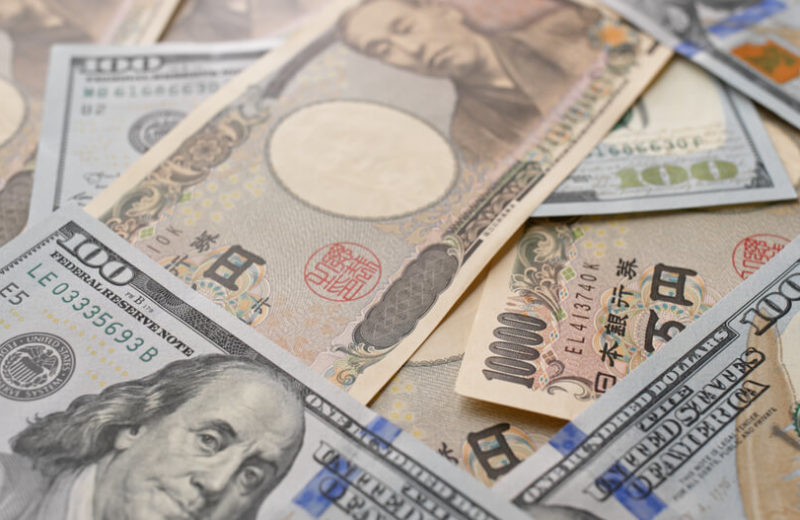The dollar appeared to post its first weekly gain on Friday in over a month. The best of another US Federal Reserve rate hike in May became more intense as traders expected plenty of index data to come later in the week.
The dollar increased against major Asian currencies except for the Japanese yen, which recently lost 0.26% to 133.89 yen.
Friday’s data showed that consumer price inflation in Japan held steady above the Bank of Japan’s target, with a key index reaching a 40-year high. This data places added stress on the BOJ to change its highly accommodative monetary policy.
Elsewhere, the US dollar index was up 0.07% to 101.85, forecasting a weekly gain of about 0.3% after five straight weeks of losses.
Growing expectations that the Fed will hike rates by 25 basis points in May have provided some support for the dollar, and money markets are now pricing the probability of a similar rate hike next month at around 86%.
Meanwhile, rate cuts from July through the end of the year are already priced in, with December rates just above 4.5%.
Against the dollar, the euro fell 0.12% to $1.0958, while the pound fell 0.13% to $1.2428.
US data released on Thursday boosted recession fears. It also limited the dollar’s increase.
Factors that led to the dollar’s increase
The number of Americans booking new jobless claims rose slightly last week, suggesting the job market is slowing down. A study conducted by the Federal Reserve Bank of Philadelphia has revealed that manufacturing activity in the middle Atlantic area has dropped to its most reduced point in almost three years during April.
Joseph Capurso, head of international and sustainable economics at the Commonwealth Bank of Australia (CBA), said the US economy is going into recession. He added, “We think (it will be) in a recession, probably mid-year.”
Flash US, Eurozone, and UK PMI data will become public later Friday, providing more insight into global economic health. Japan’s manufacturing activity shrank in April at the slowest pace in six months on a more moderate decline in sales. Preliminary data published on Friday showed that the services sector has been holding up, indicating a patchy economic recovery following the COVID-19 pandemic.















